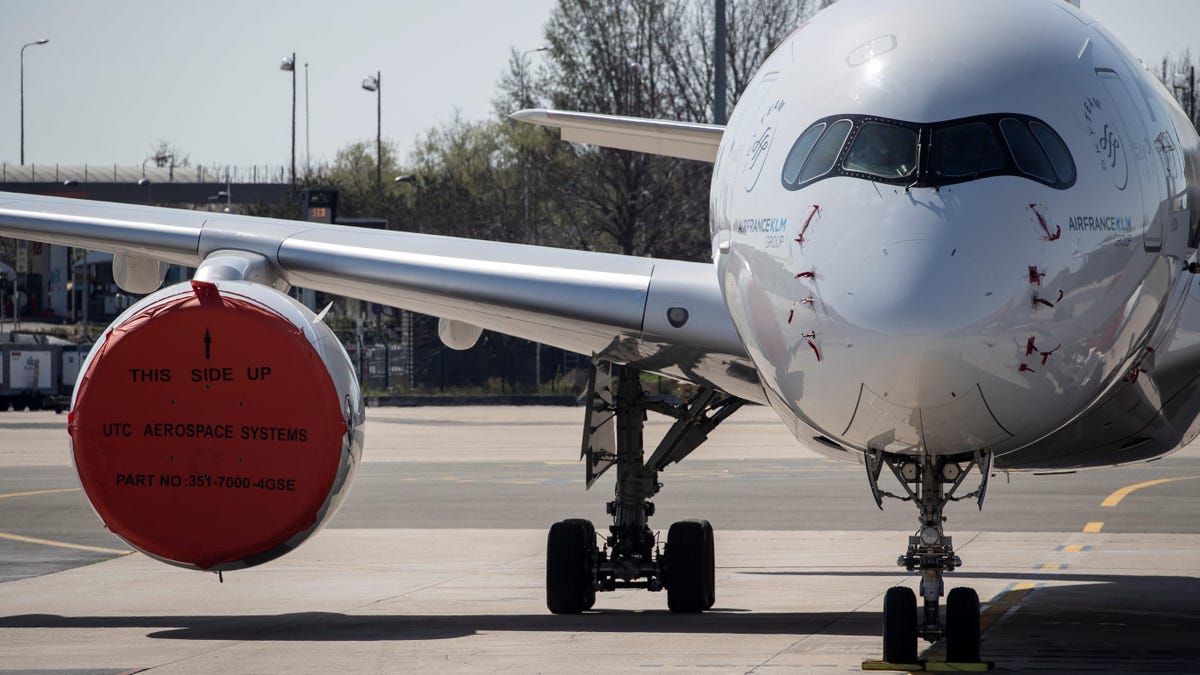Why the Covid-19 Related Drop in Air Travel Could Make Weather Forecasts Less Accurate - 3 minutes read
 Photo : Getty
Photo : GettyAmid the covid-19 pandemic, everyone’s cancelling their flights. To prevent the spread of the virus, countries are enforcing strict travel bans and encouraging social distancing, which means no air travel unless absolutely necessary. Airlines are taking huge hits: Southwest’s planes are just 20 percent full, Delta’s CEO said the demand fall-off is “unlike anything we’ve seen,” and the low-cost UK airline EasyJet has canceled all service.
Advertisement
The drop in flights could have an effect beyond the aviation industry’s bottom line. It could hamper scientists’ ability to make weather predictions.
Aircrafts continually transmit data to forecasting centers. Generally, planes can transmit up to 230,000 weather observations per day, offering the only regular look at the upper atmosphere. The data they collect on air pressure, temperature, cloud height, and more are a crucial part of the weather forecast. Studies show that these aircraft observations reduced errors in meteorologists’ six-hour weather predictions by 15 to 30 percent.
Advertisement
In a press release, the European Center for Medium-Range Weather Forecasts (ECMWF), raised the alarm of what the loss of flight data—which it said is second only to satellite data in terms of value to forecasting—means. The center runs the Euro, one of the best (if not the best) weather models in the world. Without the data to feed it, forecasters are essentially flying with blinders on.
From March 3 to March 23, the institution said they received 65 fewer reports from planes flying over Europe, and 42 percent fewer reports from planes around the world. They say data from recently installed satellites will help mitigate the drop in aircraft-based observations, but as the covid-19 pandemic continues, even fewer aircrafts may take flight, which could affect forecasting all over the world.
Advertisement
The U.S. National Weather Service (NWS) says it’s not yet possible to quantify the exact impact this reduction will have. The agency runs a rival weather model known as the GFS.
“The decrease is only occurring for certain flights and routes, and while there is a reduction of commercial passenger flights, we still receive valuable aircraft data from overnight cargo and package carriers,” Susan Buchanan, the National Weather Service’s director of public affairs, told Earther in an email, noting it won’t necessarily make meteorologists’ prediction less accurate. “While the automated weather reports from commercial aircrafts provide exceptionally valuable data for forecast models, we also collect billions of Earth observations from other sources that feed into our models, such as weather balloons, surface weather observation network, radar, satellites and buoys.”
Advertisement
The agency will soon have access to data from a new satellite constellation that could further aid in making up the gap. But in ECMWF’s press release, National Oceanic and Atmospheric Administration (which oversees NWS) information specialist Christopher Hill didn’t seem quite as confident.
“We are anticipating the substantial reduction in the availability of U.S. AMDAR[Aircraft Meteorological Data Relay] data to continue over the coming weeks, likely to generate some measure of impact on the output of our numerical weather prediction systems,” he said.
Source: Gizmodo.com
Powered by NewsAPI.org